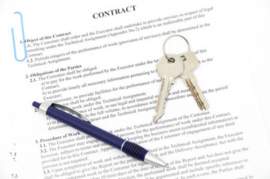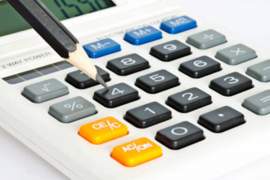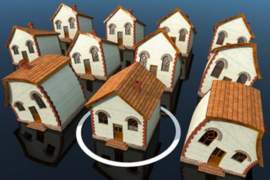
How Much Mortgage Can I Afford?

When considering buying a home or property, the most crucial aspect to consider is arguably how much one can afford to spend. Buying a home or property is a financial investment, one which will dictate the financial situation of a person’s life.
The issue becomes more intricate when considering mortgage loans. In most cases, a mortgage will be needed in order to purchase a home or property. Therefore, many will often begin the process by asking themselves “how much mortgage can I afford?”
Financial Stability
When considering mortgage loans, aside from considering the actual loans and the various mortgage loan institutions, one should first consider how much of a loan will be necessary to purchase a particular home. A mortgage loan will incur costs beyond the actual cost of the loan in the form of interest rates and mortgage lender fees. Considering one’s financial capital will often times prove to the most elemental aspect when buying a home.
There are various aspects in regards to a person’s financial situation to consider when considering mortgage loans. The most obvious will prove to be one’s income. A person’s income will essentially determine whether or not he/she can afford to pay back a mortgage loan.
Aside from annual income, another factor that is closely related is the incurred liabilities. Liabilities will include all other existing debts that person has before obtaining a mortgage loan. Liabilities can be categorized in terms of fixed liabilities and revolving liabilities
Fixed liabilities are those that have regular payments and fixed terms. Examples could be student loans and car loans. These require that a certain amount of money be paid on a monthly basis through a pre-determined amount of time.
Even though these expenses may seem to be quite small when looked upon as a monthly expense, but they should be factored in terms of the length of a mortgage loan. An example would be $200 monthly student loan payments to be made over a period of 10 years.
Not considering imposed interest on these loans, one should expect to at least pay a total of $24,000. This number will have a significant impact when considering one’s ability to pay back a mortgage loan.
Revolving liabilities are those that may be monthly payments but have a certain amount of flexibility. The best example will prove to be credit cards, for they allow for a minimum payment to be made and also to maintain a balance for an extended period amount of time. Credit cards will allow for monthly payments to be made in varying amounts, even allowing for the entire balance to be paid off at once.
Considering Other Expenses
Aside from the person’s debts before obtaining the mortgage loan, there are also other factors to consider. Once factoring existing liabilities with the cost of obtaining a mortgage, another issue to address is the expenses of maintaining and living in a home. Owning a home will necessitate for the expenditure funds, some that are often overseen and not considered.
Paying property taxes, maintaining the home by providing for repairs and improvements, and additional costs such as landscaping and aesthetic improvements will all affect a person’s income.
It is often hard to determine how such expenses are to impact a person’s income, even after assessing the possible expenses beforehand. However, a certain amount of funds should be factored in before obtaining the mortgage loan in order to determine the possible extra expenses that may be necessary in the future.
NEXT: What You Should Know About Interest Only Mortgages





















